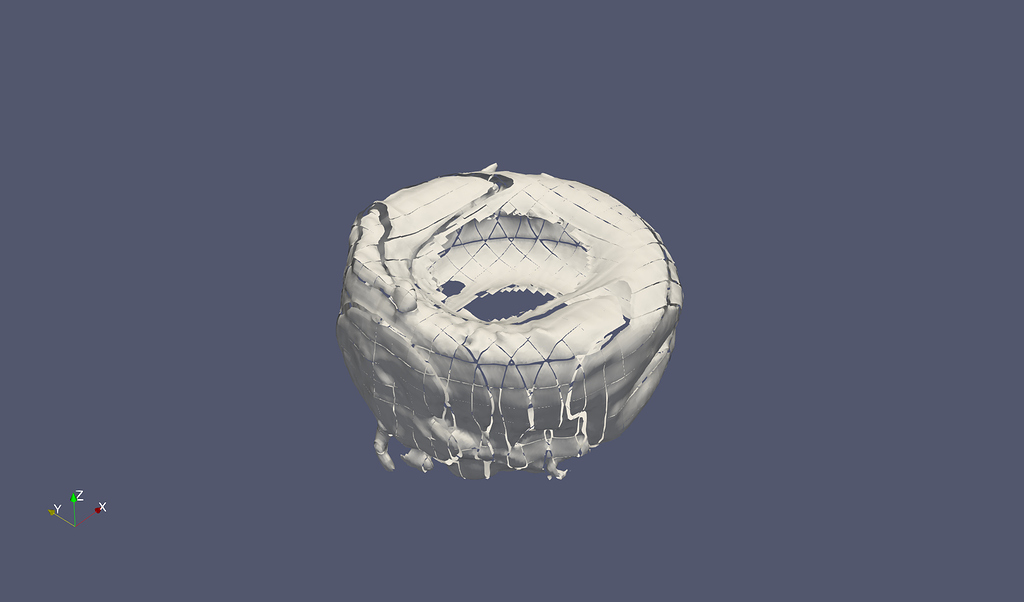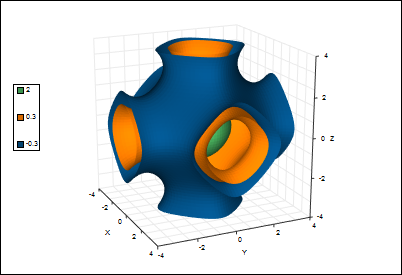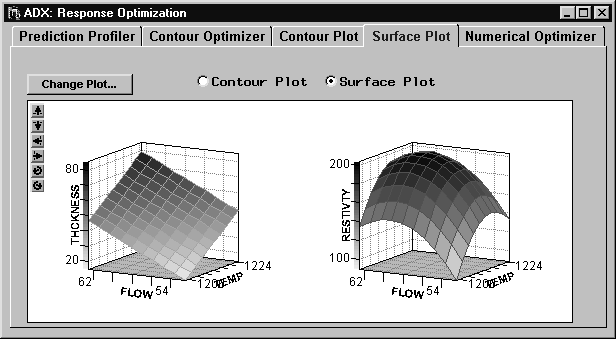
The cost of IO is becoming prohibitive, and large-scale simulation in the era of cheap FLOPS and expensive IO requires new approaches. Simulation (execution): writes output files Post-processing (analyzing and visualizing results): reads the simulation results The time to read and write data on systems with relatively large computational power is becoming a severe bottleneck to the simulation workflow. In the past it was typical to break the simulation process into three pieces: Pre-processing (preparing input): discretize the domain and specify material properties and boundary conditions, finally writing this information out into one or more input files to the simulation code. IO is now becoming a limiting factor as the table indicates. Parallel computing methods and systems are now central to modern computer simulation.
#Isosurface merge range paraview serial
Simulations have long been scaling towards hundreds of thousands of parallel computing cores in recognition that serial processing is inherently limited by the bottleneck of a single processor.

Yet not all of the various subsystems which make up a computing environment have been advancing equally as fast. Power 6 MW 20 MW 3 System Memory 0.3 PB 10 PB 33 Node Performance 0.125 Gf/s 10 Tf/s 80 Node Memory BW 25 GB/s 400 GB/s 16 Node Concurrency 12 cpus 1,000 cpus 83 Interconnect BW 1.5 GB/s 50 GB/s System size (nodes) 20 K nodes 1 M nodes 50 Total Concurrency 225 K 1 B 4,444 Storage 15 PB 300 PB 20 Input/Output Bandwidth 0.2 TB/s 20 TB/s 100 Computing systems have been increasing in speed and capacity for many years now. Catalyst is often referred to as a co-processing, or in situ, library for high- performance computing (HPC)ĥ Why In Situ? 2010 2018 Factor Change System peak 2 Pf/s 1 Ef/s 500 This ability to visualize and analyze data from simulations is referred to synonymously as in situ processing, co-processing, co-analysis, and co- visualization. Built on and designed to interoperate with the standard visualization toolkit VTK and and scalable ParaView application, it enables simulations to intelligently perform analysis, generate relevant output data, and visualize results concurrent with a running simulation. Yet these advances come with several costs Massive increases in data size Difficulties examining output data Challenges in configuring simulation runs Difficulty debugging running codes The Catalyst library is a system that addresses such challenges It is designed to be easily integrated directly into large-scale numerical codes. This trend has been enabled by advances in numerical methods and increasing computing power. – – Sphinx: doc/index.html Websites: Examples:Ĥ What is Catalyst Computer simulations are growing in sophistication and producing results of ever greater fidelity. It will then build a curvilinear grid of points based on the rows of data in the table.1 Co-processing with ParaView (HPC Visualization with ParaView)Ģ Agenda Introduction to ParaView Catalyst Catalyst for Usersģ Online Help Email list: Doxygen: Sphinx: In this filter you specify both the x, y, and z columns as well as the extent of a grid. The second filter is Table To Structured Grid. You just select the x, y, and z columns and it will generate a set of discrete points in space. You can convert it to a 3D grid with one of a pair of filters. The data are loaded in a table structure, and ParaView will initially show it in a spreadsheet view. Also, check the box next to Merge Consecutive Delimiters. In the properties panel after you have opened the file, change the Field Delimiter Characters from a comma to a space. By default, the reader assumes that you have a comma delimiter (i.e.


txt file, you can directly open the data. ParaView can read in delimited text files as tables, which is essentially what you have. The first step is reading your data into ParaView.


 0 kommentar(er)
0 kommentar(er)
